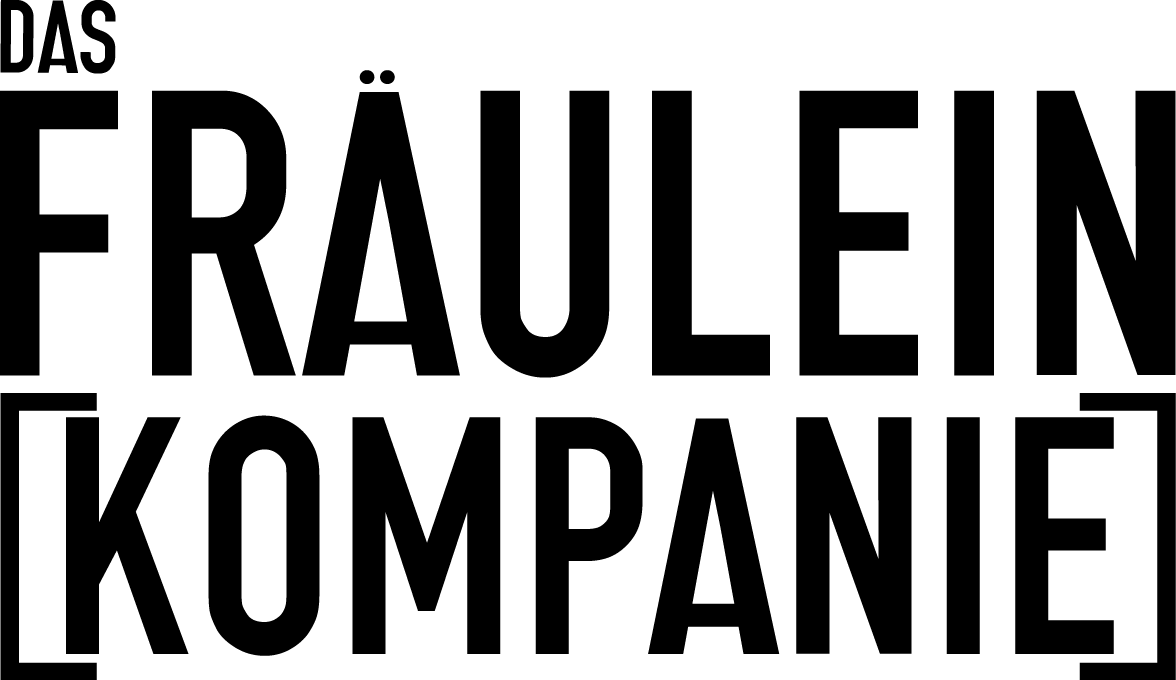VIDEO INSTALLATION
In STILL TOO SAD TO TELL YOU, ten screens invite you to an intimate experience where tears, as they are put on display, also beg to be collected. Faces may become stages and landscapes depending on whether your vision blurs, a tear forms, you break into tears or sob, you cry a river or a torrent, you wipe or share your tears, in silence, in gasps, in deep sighs, loud, short or long cries interspersed with words, whole or truncated, whether you suffocate or drown…
STILL TOO SAD TO TELL YOU is directly inspired by I am too sad to tell you (video self-portrait by artist Bas Jan Ader). As she pays homage to this almost five decades old motif, Anne-Cécile Vandalem takes it up in order to better displace the gaze and multiply the angles of approach. She proposes an immersive installation made up of several portraits—women, men and children, some actors, some not, famous or unknown—so many faces offered and tears shed—in order to question the anthropological (temporal, social and cultural) but also the plastic dimensions of the topic at hand: the pleasure of tears and their representation.
STILL TOO SAD TO TELL YOU is the counterpoint to SADNESSES, Das Fräulein (Kompanie)’s next production.
This small-scale installation locates the topic on a strictly individual level and unveils the aesthetic power of solitary lachrymal manifestations; in turn, SADNESSES explores this theme in a public setting in the middle of a community. In the former, the language of tears—a language that enacts the powerlessness of words and stipulates the difficulty of action—yields a semiology of sadness. In the latter, the artist exposes daily sadnesses precisely when language is tantamount to a weapon; explores the power relations at stake, but also the active transformational power of emotions.
Tags: 2015, das fraulein, festival, kompanie, march, national, still to sad too tell you, théatre, xsReinventing the opposite of the world
Held prisoner in the basement of her home for twenty-six years, a young girl tells the tale of her imprisonment, the story of an escape.
Michel Dupont is a fable told through sound. In a room that’s plunged in darkness, the audience is invited to sit down on a cushion, inside a circle marked out by eight walls, opposite a miniature house enthroned in the middle. The room is slowly plunged into complete darkness, and the audience is taken right to the heart of the story. Combining the heritage of the folk tale and the testimonies of contemporary news stories, the play develops a theme that is dear to the author’s heart from a new perspective: the absolutely essential, vital strength of the imagination in a situation of prohibition and imprisonment.
And so we are invited into captivating sensory world, where each individual’s imagination will take its place at a crossroads: a physical, visual, sonorous, collective and intimate experience. Carved on to a tale told on- and off-stage, offering different levels of narration and an array of sound textures, under lighting that oscillates between dreaming and wakefulness, Michel Dupont guides us and loses us at the heart of a kingdom in which we must find meaning.
“No, black is not black. In a matter of minutes, the eyes get used to the dark, notices shadows, nuances, and the other senses sharpen. Like your hearing, which changes your perception of the tale. There are many people who, at 11 o’clock, come to experience “Michel Dupont, réinventer le contraire du monde”, her new work, performed at La Manufacture, the hub of Avignon’s Off festival. And word of mouth – inevitably – works wonders. Every day, there are a few more people who come and lie down in the dark, in a circle, around the tower, and let themselves be captivated by a story told through sound. (…) Here again, with finesse and relevance “Michel Dupont” explores the themes that are so dear to the author: imprisonment and the vital force of the imagination in this type of situation. Here is a tale told by the Das Fräulein company, which could have been called “I, Michel Dupont, resilient.” And it haunts us.“
La libre, Laurence Bertels, July 2012.
Habituation is a psychological phenomenon involving a gradual reduction in the intensity or frequency of appearance of a response to the repeated or extended presentation of the stimulus that triggers it.
The allegory of the frog is often used to define this concept: if you plunge a frog into boiling water, it jumps out straight away. However, if you plunge it into cold water, which is then gradually brought to the boil, it is less vigilant, and so becomes numb and then boils and dies.
In a suburban home, in an adjoining kitchen and living room, lives the Sennes family, folded in on itself. Alain, the father, cuts and packs smoked salmon in his own home, for a Norwegian company. The mother, Claudia, is a secretary for an insurance company, clinging to the clearly defined framework of a reality made up of contracts and risk assessment. Yvonne, the aunt, is a bus driver and spends her time going round and round town. Stagnating in this lethal inertia, young Anni carries round her goldfish bowl, and tries to make sure she doesn’t move it too violently while her family encourages her to feed a dream: one day they’ll go to Norway to visit Dad’s company! On her seventh birthday, Anni decides to take matters into her own hands, determined not to give anyone any choices. Thanks to a radio auction, she disposes of her family’s very existence. Everything changes.
In a long, gradual movement, nature invades the house. Creepers climb along the walls, ferns take over the furniture, grass covers the living room floor. Soon, water starts coming into the kitchen. Nature takes over, and the family fights to survive, against a movement initiated by the child. The aesthetics move towards the imaginary. Words give way to signals. A mutation is underway: humans are becoming fish, an important recurrent motif of the story. The circular movement, the line shared by the trajectories of the different characters, is broken. In this new world, nothing goes round in circles.
“Exploring these moments when time dilates, speeds up, distorts, just before death, the director creates a stiflingly bleak performance that cries out for you to open the doors and windows, to take a risk and get out of the everyday grind. Magnificently supported by excellent actors, Anne-Cécile Vandalem makes the house a real partner, using all the resources of technology and machinery to stop her own theatre from going round in circles. An astonishing work of visuals, sound and technique, for an unclassifiable play that shakes you up, like the final wind that carries everything away in its wake.”
Jean-Marie Wynants, Le Soir, 2010.
(Self) Service is the story of Sally Rousseau, a young woman isolated by fear. This exclusion soon forces her to recreate a new social environment for herself, governed by her own rules, and based on principles allowing her to live inside this new group as an individual. But soon this very group exposes her to danger, giving her no choice but to break free from it again. The story of Sally Rousseau is the story of her slow move towards death, the start of which is the murder of one of her personalities, Sally Andreeus. This murder corresponds to an extremely violent internal crisis, which pushes her to suicide, hopelessly taking her “inhabitants” with her.
On the stage, a life-size house, a huge box, hermetically separated from the audience by a large bay window: an open window to the apartment of Sally R, a young woman on the brink of suicide. Only her shadow is visible through the closed drapes of her apartment. The moment passes, and they open to reveal four women, who are improvising, despite their sadness, the wake of one of them: young Sally B, who has been found dead, burned on her sun bed. The audience, relegated to the position of voyeurs by the distance that the staging imposes, witnesses an inquiry during which four women try to answer the same question: what am I in the process of witnessing?
The key to the plot lies in the way it is staged; the window that separates us from the actresses is the subterfuge that allows the truth to be hidden: the actresses/characters interpret the dialogues that make up the narrative in play-back. But then, whose is this voice that the characters are recreating? It belongs to the place. This “house” that contains them all, and that over the course of the story, leads them into its own destruction: Sally R.
“Every time I come to see something at Vidy, it’s good!” Alright, coming out of (Self) service, this thought is flattering for the theatre by the water in Lausanne, but it is justified for the explosive new piece by the young Belgian director Anne-Cécile Vandalem. A fascinating, burlesque, morbid piece of art, (Self) service plays with sound and with meaning, and invites the audience into the intimate world of a strange family, exclusively made up of women.
Corinne Jaquiéry, Le 24 Heures, 2008.
Hansel and Gretel is about isolation and the possibility of overcoming it, and about our relationship with morality: what aspect of the morality with which we have been imbued, very often to our own cost, persists in us despite all opposition?
Following a forbidden love, a brother and sister have become distanced from one another since childhood. Years later, they meet in the cellar of the family home to consummate their love in secret. The story takes place on their wedding day. In order to make it an occasion, they have invented a cast of guests whom they themselves have filmed and played on camera. A throng of friends, cousins and relations on parade in the intimacy of their cellar. But as the evening progresses, the guests become less friendly and the skeletons do not take long to come out of the closets… They will become prisoners in a game of their own making.
In the centre of the stage is a large decorated wedding table is. The actors/characters are sat in the middle. Sitting imposingly alongside them are seven television screens showing close-ups of their guests faces. The audience assists in a game of identity hide-and-seek in which the actors/characters struggle with their own production and enter into fierce combat with themselves. A perpetual mise en abîme, the set is at the centre of a plot with multiple layers.
Highly impressive, the new production from Jean-Benoit Ugeux and Anne-Cécile Vandalem continues their exploration of solitude which began with Zaï Zaï Zaï Zaï. We encounter an isolated couple, this time confronted with their wedding guests. But nobody is there: the married couple have played and filmed their guests themselves. The synchrony between the actors and the tv screens is staggering. The sense of coldness which it creates is equally incredible. Our attention gets lost somewhat, but the mind seethes as we gradually understand the profound reasons behind all these goings on. A production which is as distressing as it is majestic.
Laurent Ancion, Le Soir, 2006.
Concept and direction Anne-Cécile Vandalem – Das Fräulein (Kompanie)
Music Pierre Kissling
Settings Ruimtevaarders
Images Fédéricco D’Ambrosio
Creation and video control Benoît Gillet
With Selma Alaoui, Véronique Dumont, Epona Guillaume, Séléné Guillaume, Zoé Kovacs, Lili Kovacs, Ghila Kovacs, Charly Kovacs, Aurélie Lannoy,Vincent Lecuyer, Gaetan Lejeune, Jean-Benoit Ugeux. Nathalie Yalon, Mélanie Zucconi
Production Das Fräulein (Kompanie)
Tags: 2015, brussel, credits, das fraulein kompanie, national, still to sad to tell you, théatre
